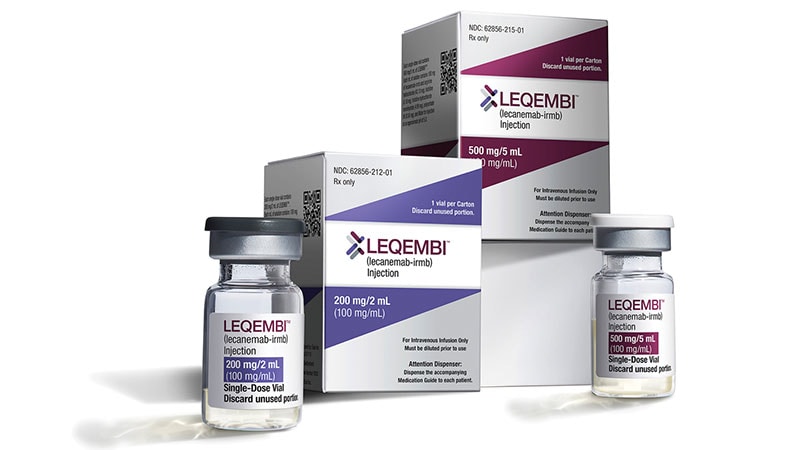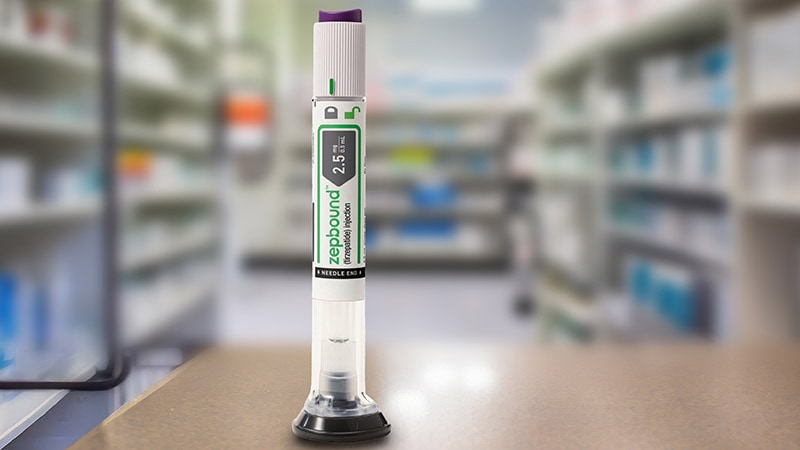Canada is unlikely to meet the World Health Organization's (WHO's) target of eliminating the hepatitis C virus (HCV) by 2030, research suggested.
The elimination targets for HCV include an 80% reduction in the incidence of new infections and a 65% reduction in liver-related mortality.
A modeling study showed that under Canada's current regime of risk-based screening (ie, screening only those perceived to be at risk, such as injection drug users and patients with tattoos or piercings) and treatment, the incidence of chronic hepatitis C (CHC)-induced decompensated cirrhosis (DC), hepatocellular carcinoma (HCC), and liver-related deaths would decrease by 79.4%, 76.1%, and 62.1%, respectively, between 2015 and 2030. However, CHC incidence would decrease by only 11.1%.
"It is not surprising that the current risk-based HCV screening and treatment policies are insufficient to achieve the WHO hepatitis elimination goals by 2030," principal investigator William W. L. Wong, PhD, Canadian Institutes of Health Research Applied Public Health Chair in HIV and sexually transmitted and blood-borne infections research and associate professor of pharmacy at the University of Waterloo in Kitchener, Ontario, Canada, told Medscape Medical News. "While we are heading in the right direction, given the proximity of 2030, additional efforts and interventions are needed to expedite the elimination process.
 William W. L. Wong, PhD
William W. L. Wong, PhD"When we discuss viral hepatitis elimination, most people focus solely on developing interventions related to screening and treatment, such as introducing population-level screening and improving linkage to care," he said. "Many of us overlook the role of harm reduction strategies in relation to elimination."
The study was published online in Hepatology on March 13.
Harm Reduction 'Most Effective'
The investigators modeled the potential impact of HCV from 2006 to 2030 using data from Ontario. To identify the best strategy to achieve the WHO targets, they considered the following four combinations of strategies:
- Current prevention, screening, and treatment (status quo)
- Aggressive treatment (90% increase in patients treated compared with the status quo)
- Aggressive screening and treatment (90% increase in people screened and 90% increase in patients treated compared with the status quo)
- Enhanced harm reduction (90% reduction in transmission risk among people who inject drugs compared with the status quo)
Various calculations were used to assess the potential effectiveness of these strategies.
Intervention strategies related to screening and treatment had no direct effect on preventing the progression from acute disease to chronic disease nor on eliminating HCV outside of Canada. Therefore, the total incidence of CHC resulting from the aggressive treatment and aggressive screening and treatment strategies would decrease by 15.4% and 18.2%, respectively, from 2015 to 2030.
For acute hepatitis C (AHC), the enhanced harm reduction strategy was most effective. It reduced the AHC incidence rate by 85.4% (from 30 cases per 100,000 population in 2015 to 4.4 cases per 100,000 population in 2030).
Similar calculations were made for the incidence of CHC-induced DC, CHC-induced HCC, and other HCV-related health outcomes in Ontario. According to the model, if the aggressive treatment or aggressive screening and treatment strategy were adopted after 2022, the incidence of CHC-induced liver death would drop by 72.6% or 72.9% in 2030, respectively, compared with 2015 levels, thereby meeting WHO's 65% reduction target.
But those strategies had only a limited effect on AHC and CHC incidence, such that by 2030, CHC incidence could be reduced by at most 20% in comparison with 2015, "markedly inadequate to achieve the WHO goal of reducing new CHC cases by 80%," the authors wrote.
"Additional efforts to improve the linkage to care for the at-risk populations are essential," they added. "Importantly, however, even with marked scale-up in screening and treatment, achieving the WHO targets for eliminating new CHC cases by 2030 may not be achievable, highlighting the continued need for the development of prevention strategies such as enhanced harm reduction in combination with aggressive screening and treatment."
"Clinicians, particularly general practitioners, play an important role in screening and linking patients to care, especially in regions where there is no population screening recommendation in effect," said Wong. "I would suggest that clinicians review the risk-based screening guidelines, which are updated periodically. If your patients fall into one of the categories, I recommend a one-time screening and linking them to viral hepatitis care if they test positive for HCV."
Test, Treat Immediately
Commenting on the study for Medscape Medical News, Walid Ayoub, MD, associate medical director of the liver transplant program at Cedars-Sinai Medical Center in Los Angeles, said that other modeling studies have reached the same conclusion. "We are falling way behind the WHO's goal of eliminating viral hepatitis. And the problem is the same in the US and other advanced countries," he said. Ayoub did not participate in the current research.
 Walid Ayoub, MD
Walid Ayoub, MDTargeting populations at risk, such as Boomers and young people who experiment with drugs and have opioid problems, "is one of the reasons we're not able to achieve the elimination of HCV because we're not addressing the global HCV issue. We're just targeting one piece of the puzzle," said Ayoub. "We're ignoring large parts of the population."
Ayoub suggested learning from countries such as Egypt, which was the first country to achieve WHO "gold tier" status on the path to eliminating HCV by diagnosing 87% of people with HCV and providing 93% of those diagnosed with curative treatment. This achievement exceeded the WHO targets of diagnosing at least 80% of people with HCV and treating at least 70% of diagnosed people.
"They screened about 50 million people and gave a point-of-care diagnosis and treatment at the same time," said Ayoub. "The patient came in for screening, got the test on the spot, and if they had HCV, they received treatment for free, funded by the government. The prevalence of HCV decreased from 6% in 2015 to an estimated 0.4% in 2021."
The United States needs to establish a similar "infrastructure of a multidisciplinary clinic point-of-care diagnosis and linkage to care immediately after diagnosis, instead of waiting, so we don't lose those patients," he said.
Meanwhile, he suggested, "clinicians need to spread the word that HCV is not taboo. We have very good treatment for it, with a cure rate close to 100%. We also need to emphasize that you could get reinfected if you get exposed to it again." Furthermore, he added, "If an individual clinician doesn't feel comfortable treating patients with HCV, send them to a clinician who does."
The study was partly supported by the Canadian Institutes for Health Research; the Ontario Ministry of Research, Innovation and Science Early Researcher Award; and the Natural Sciences and Engineering Research Council Discovery Grant, the latter two of which were awarded to Wong. The research also was supported, in part, by a Canada Research Chair in Economics of Infectious Diseases held by principal investigator Beate Sander. Wong reported receiving grants from the Canadian Liver Foundation. Ayoub reported no relevant financial conflicts.
Marilynn Larkin, MA, is an award-winning medical writer and editor whose work has appeared in numerous publications, including Medscape Medical News and its sister publication MDedge, The Lancet (where she was a contributing editor), and Reuters Health.

.webp) 2 weeks ago
11
2 weeks ago
11



























 English (US)
English (US)